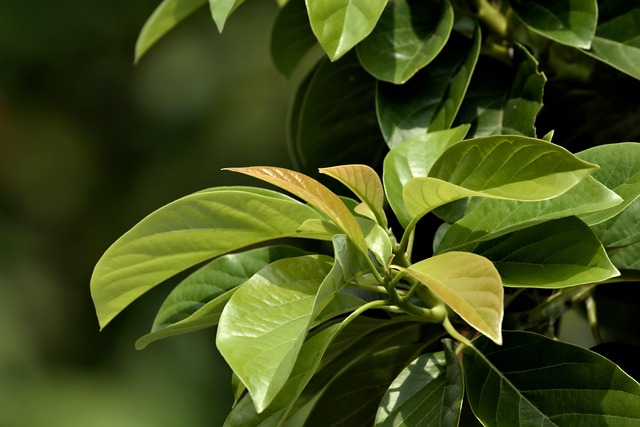As the world grapples with the pressing issue of population growth, the consequences extend far beyond the capacity of urban sprawl. One of the most alarming effects is the alarming rate of deforestation, which is intricately linked to our increasing numbers. Forests, often described as the lungs of our planet, play a crucial role in absorbing carbon dioxide, maintaining ecological balance, and supporting biodiversity. However, as our population continues to rise, the strain on these precious resources becomes more pronounced.
Deforestation occurs on a massive scale, often driven by the ever-growing need for land to support agriculture, urban development, and infrastructure. The proliferation of human settlements encroaches upon forested areas, reducing habitats for countless species, and ultimately leading to a stark reduction in biodiversity. With the population growth forecasted to reach nearly ten billion by 2050, the pressure on forest ecosystems is expected to escalate dramatically. Each new home, each additional farm, and each new road carved into the landscape silently contributes to a larger narrative of environmental decline.
From a climate change perspective, deforestation has severe implications. Trees act as vital carbon sinks, sequestering carbon dioxide that would otherwise contribute to the greenhouse effect. When forests are cleared, not only is this carbon storage capacity diminished, but the carbon stored in the trees is released back into the atmosphere, further exacerbating climate change. Thus, the cycle of population growth and deforestation creates a feedback loop, worsening the very issues we aim to mitigate.
Additionally, the loss of forests can lead to significant changes in local climates. Trees play a crucial role in regulating temperature and precipitation patterns. As we lose these natural guardians, we witness erratic weather conditions, droughts, and changes in rainfall that can be devastating for both agriculture and human habitation. The link between population growth and these environmental shifts cannot be ignored, as burgeoning communities adapt to and often exacerbate these changes.
The challenge is not merely about managing human populations but rethinking the way we interact with our environment. Solutions exist, such as sustainable land-use practices, reforestation efforts, and urban planning that prioritizes green spaces. Yet, these require a collective commitment from global leaders and local communities alike. As awareness of the implications of our choices grows, so too does the hope for a more sustainable future where human needs are balanced with the health of our planet.
In recognizing the profound effects of population growth on deforestation, we must engage in conversations about sustainability, conservation, and climate action. The well-being of our environment is intertwined with our very existence; the choices we make today will echo through future generations. A profound shift in our relationship with the Earth is essential if we are to avert further loss and ensure a thriving planet for all. By addressing the nexus of population growth and its environmental impacts, we can pave the way toward a more sustainable and resilient world.




